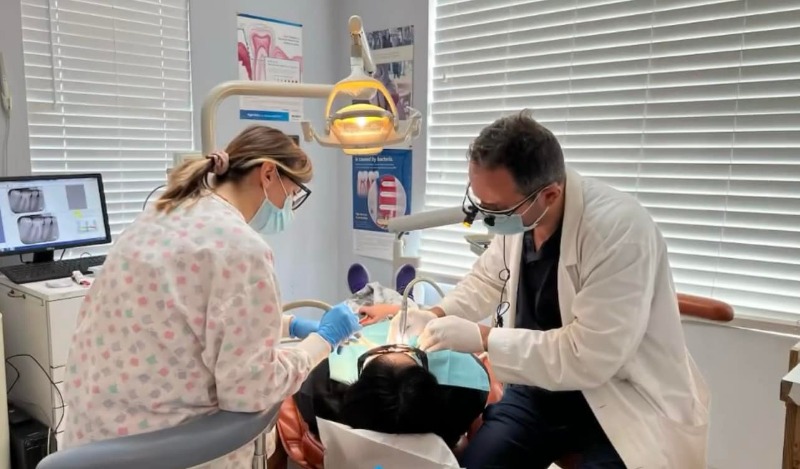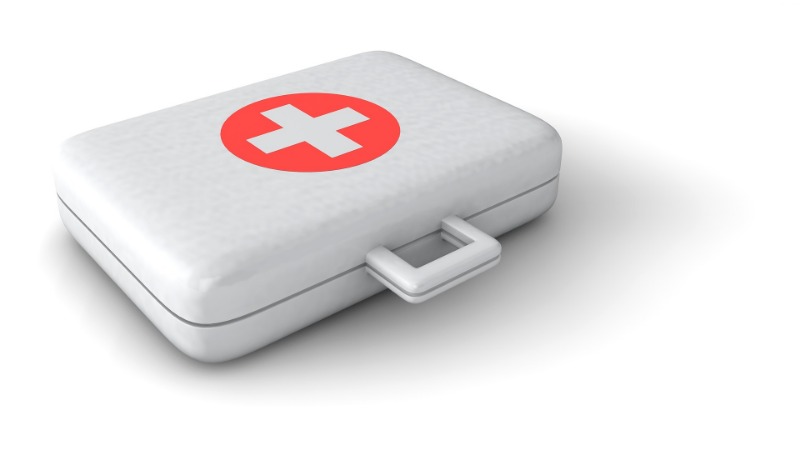TMD and TMJ: Everything You Need to Know

We all are possibly too familiar with knee pain and back pain. However, you might not be as familiar with the reasons for jaw pain.
That snapping feeling when you chew and the tense sensation when you speak aren’t normal. A quick look on the internet will tell you that conditions called TMD or TMJ are the culprits. However, they’re usually confused and misrepresented.
As you start experiencing severe uneasiness related to TMJ and TMD, you need to realize the difference between these misunderstood acronyms. Let’s explain.
TMJ: The Temporomandibular Joint
TMJ stands for the temporomandibular joint. This, to put it in simple words, is the crux that connects your jaw to the temporal bone. Even if you didn’t know it by name, you know closely where to find the temporal bone located in the front of each ear.
So, if your TMJ works correctly, it allows you to move your jaw up, down, and side to side comfortably. Most people take their TMJ lightly as they smile, yawn, chew and talk without any hurt or trouble.
When the TMJ starts to experience dysfunction, you sense the results in the form of noteworthy pain. This state is frequently wrongly referred to as TMJ, but its right name is actually temporomandibular disorder (TMD).
Causes and Symptoms of Temporomandibular Disorder (TMD)
TMD is the most regular form of pain and swelling that impacts the temporomandibular joints.
However, diverse factors are known to set off TMD. If you identify any of the causes mentioned below, you may be at higher risk of TMD:
- Arthritis in the TMJ
- Grinding and clenching your teeth
- Movement of the disc between the ball and socket of the TMJ
TMD makes itself known through many indications that are easy to notice:
- Pain and tenderness in the joint area
- Difficulty opening the mouth wide
- Clicking and popping in the jaw joint
- Problem in chewing
How Is TMD Diagnosed?
Many other circumstances lead to related symptoms — like tooth decay, sinus problems, arthritis, or gum disease. To make out what’s causing yours, the dentist will ask about your health history. Besides he would conduct a physical exam.
Your dentist may go for a full face X-ray so they can inspect your jaws, temporomandibular joints, and teeth to discard other problems. They may need to perform other tests, like magnetic resonance imaging (MRI) or computer tomography (CT). The MRI can show if the TMJ disc is in the correct position as your jaw moves. A CT scan shows the bony detail of the joint.
TMJ arthroscopy is at times used in the diagnosis of a TMJ disorder. During TMJ arthroscopy, a small thin tube (cannula) is inserted into the joint space, and a small camera (arthroscope) is then put in to inspect the area and decide a conclusion.
Home Treatments for TMD

- Take over-the-counter medications
- Use moist heat or cold packs
- Take soft foods
- Keep your teeth a little apart
- Keep away from excessive jaw movements
- Learn techniques to respite
- Don’t rest your chin on your hand
Medical Treatments for TMD
- A splint or night guard
- Medications
- Radio wave therapy
- Trigger-point injections
- Surgery for TMD
Burbank TMD and TMJ
Still, have questions to ask? Reach us at Mydentistburbank. Call us at 8185782332, and schedule an appointment with Dr. Sahakyan a reputed Dentist in Burbank.


